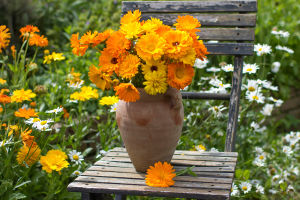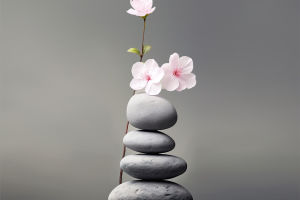Saffron, one of the world's most expensive and treasured spices, has a fascinating history that stretches back thousands of years. Often referred to as "the spice of the gods," its distinct color, flavor, and fragrance have earned it a significant place in global cuisine and culture.
But how did saffron become so popular, and what makes it so precious? Let's dive into the rich history and cultivation secrets of saffron, also known as "Zaffran" in some cultures.
Origins and History of Saffron
Saffron's name, "Zaffran," comes from Arabic and is used as a term for this unique spice. Its first recorded mention dates back to the 11th-10th century BCE in the Hebrew Bible, where it is described as a prized spice used in offerings and perfumes. In ancient times, saffron was known for its vibrant yellow color and its ability to enhance the taste and aroma of food. It has been recorded in documents from the ancient civilizations of Kashmir and Persia, with roots deeply embedded in Mediterranean and Central Asian cultures.
Saffron's cultivation began in the Mediterranean region, with Greece being one of the earliest known places to cultivate the flower. By the 5th century BCE, saffron was widely known and used by civilizations such as the Egyptians, Greeks, Romans, and Jews. The spice was even believed to have medicinal and magical properties. The spice was so valuable that it was used as currency in some ancient civilizations.
The Spread of Saffron Cultivation
Saffron eventually made its way to other parts of the world, including China, where it was introduced in the 1960s. In China, saffron is grown in many areas. The demand for saffron has led to its widespread cultivation in countries like Spain, Greece, and India.
The plant thrives in regions with mild, cool, and semi-shady conditions, making it suitable for a variety of climates. While the Mediterranean region remains the primary source of saffron, its cultivation has expanded to meet the growing global demand for this precious spice.
Physical Characteristics of Saffron
Saffron is a perennial herb that typically grows between 10 to 20 centimeters in height. The plant has distinct purple-red flowers with a strong fragrance. The saffron stigma, known for its vibrant orange-red color, is the part of the flower harvested for its spice. The flowers bloom in late fall, usually in October, and the plant’s unique nature allows it to grow and bloom in cooler climates, with a short growing season.
Saffron stems, known as "corms," are bulbous, approximately 3 cm in diameter, and covered by a brownish yellow membrane. The flowers are quite small, with a diameter of about 2.5-3 cm. The stamens and pistils, often yellow and red, contribute to saffron's signature color and flavor. The spice itself is harvested from the red stigmas of the flower and dried for culinary use.
Where Saffron Grows
Saffron is native to Southern Europe and parts of the Mediterranean, particularly Spain, France, Greece, and Turkey. It is also found in the coastal regions of the Mediterranean, where it thrives in well-drained, fertile soil. In Asia, saffron was introduced and is now cultivated in regions like Kashmir, and India. In China, it has adapted to the unique climates of Tibet and several provinces.
Growth Conditions of Saffron
Saffron is a short-day plant, meaning it requires specific lighting conditions to thrive. It prefers temperate climates with moderate temperatures and relatively dry conditions. Ideal soil for saffron is well-draining, rich in organic matter, and slightly alkaline. The corms remain dormant in the summer, and they begin their growth cycle in autumn, typically blooming between October and December. Saffron plants are hardy and resistant to cold weather but require careful attention to moisture levels during growth.
The flowers open during the day and close at night, making saffron harvesting a time-sensitive task. Each flower only produces three red stigmas, making it incredibly labor-intensive to gather the spice. It takes thousands of flowers to produce just a small quantity of dried saffron threads.
Final Thoughts
Saffron is not just a spice; it’s a rich tapestry woven from history, culture, and the quest for exquisite flavors. Whether you’re a passionate cook aiming to bring a unique touch to your dishes or simply curious about the world’s priciest spice, saffron’s journey from ancient times to contemporary kitchens is truly fascinating. Its distinctive flavor, aromatic fragrance, and deep-rooted heritage make saffron an irreplaceable ingredient in culinary adventures.
Next time you add a dash of saffron to your recipe, remember that you're infusing a piece of history into every bite!
Thank you for reading, Lykkers! Keep an eye out for more delightful food tales!

